Wondering how your credit card minimum payment is determined? It’s not just a random number! Your credit card minimum payment is the amount that you must pay to keep your account in good standing, but it’s not some arbitrary number. Card issuers usually charge a flat rate or a percentage of your credit card balance to determine what you owe each month.
Key Takeaways
- You must pay at least the minimum payment amount noted on your credit card statement each month to avoid hurting your credit score.
- Paying only the minimum payment won’t help pay off your balance and will result in interest accruing.
- It’s always best to pay more than your minimum payment – and consider a balance transfer credit card if you have credit card debt.
Never miss an amazing deal again + get our bonus 250+ page eBook for FREE. Join 50,000 other Canadians who receive our weekly newsletter – learn more.
What is a credit card minimum payment?
The minimum payment noted on your monthly credit card statement is the amount that you must pay. It’s usually the higher of two numbers: a flat rate plus any interest and fees or a percentage of your total balance.
Remember: If you don’t make your minimum payment on time, your credit card issuer could charge late fees or increase your credit card interest rate. You could also see your credit score take a hit.
How is your credit card minimum payment calculated?
Your minimum payment is typically a fixed amount or a percentage of your balance for that billing cycle – whichever number is higher. Here are the 3 ways that most credit card companies calculate your credit card minimum payment:
- Flat rate + interest and fees: Many credit card issuers require cardholders to pay a set amount plus any accrued interest and/or fees. The base amount is often $10.
- Percentage of your balance: Some credit card companies use a percentage instead of a flat rate – it’s usually around 1% to 3% of your statement balance. You may also have interest and fees added to this number.
- Flat rate: Rarely, you might see a flat amount (e.g., $35) that is due every month. If your balance is less than the minimum amount, you must pay the entire outstanding balance off.
How do you estimate your minimum credit card payment?
Once you know how your card issuer determines your monthly payment, you can head to the Government of Canada’s credit card payment calculator and enter your balance. Select your card’s interest rate and hit the calculate button at the bottom.
Let’s walk through some examples based on the different ways interest is calculated.
- Flat percentage: Usually, issuers charge between 2% and 5%, so if you have a $1,000 balance and the issuer uses a 3% flat percentage, your minimum payment would be $30.
- Flat rate: Some cards say they charge a percentage or a flat rate amount, whichever is higher. For instance, if your card charges a 3% flat fee or $30, but your balance is $100, your minimum payment by percentage would be $3. So, in this case, the issuer would charge you the flat rate of $30.
- Percentage + interest + fees: If you’ve been carrying a balance or been charged other fees, issuers can add the interest and fees to your monthly payment.
Here’s what happens if you only make the minimum payment
If you make only the minimum payment each month, interest will continue to accrue and your credit card balance will continue to climb. You’ll also see your minimum payment start increasing since it is a flat rate or percentage plus interest and fees.
Let’s look at an example: Suppose you have $4,000 of debt on a credit card with a common 20.99% interest rate. Your minimum payment is 3% of the balance or $10, whichever is higher. We used the same government calculator to play out the different scenarios based on various monthly payments.
| Minimum payment | Minimum plus $50 | Fixed $250 | |
|---|---|---|---|
| Time to pay off balance | 20 years, 8 months | 4 years, 7 months | 1 year, 7 months |
| Interest paid | $5,299 | $1,741 | $734 |
| Total paid | $9,299 | $5,741 | $4,734 |
Our advice? You should always pay more than the minimum each month. Not only will you repay your debt faster, but you’ll pay less in interest and improve your credit score. A higher credit score can help you qualify for credit cards, personal loans, and mortgages with the best terms.
Read more: Average credit card debt in Canada
3 tips to pay off your credit card debt faster
If you’re carrying credit card debt and want to get a jump on paying it off, here are 3 practical tips to help you clear your balance quicker.
1. Set up automatic payments
Set up autopay so that each time you receive a paycheque, a certain amount goes directly to your credit card. This payment becomes part of your budget rather than something "extra" to throw at your card if you have some cash leftover each month.
2. Make small payments regularly
Instead of making one larger payment each month, make smaller weekly or biweekly payments. Since interest is based on the average daily balance of your card, these payments will reduce that number and minimize the interest you’re paying.
3. Get a balance transfer credit card
A balance transfer credit card gives you a promotional interest rate of 0% for a certain period, allowing you to pay off your debt faster without excess interest piling up. Prioritize credit card payments during the promotional rate period so you can knock out your debt.
The MBNA True Line Mastercard is one of the best credit cards for balance transfers. It offers a 0% promotional balance transfer rate for the first 12 months (3% fee) and a low regular purchase and balance transfer interest rate of 12.99%. Plus, there’s no annual fee.
FAQ
What is the minimum payment on a $7,000 credit card balance?
According to the Government of Canada’s credit card payment calculator, if you have a $7,000 balance on a card that charges 20.99% interest, your minimum payment is $210 a month.
Should I pay off my credit card in full or leave a small balance?
You should always try to pay off your credit card in full to avoid being charged interest and to keep your credit utilization ratio as low as possible.
What is the 15-3 rule for credit cards?
This so-called hack promises to improve your credit score by making a credit card payment 15 days before the bill is due and again 3 days before the due date. While paying down your debt is always a surefire way to improve your credit score, it’s an unnecessarily complex method that doesn’t improve your credit history or lower your credit utilization.
Is it good to use a credit card and then pay it off immediately?
This is a great way to use a credit card responsibly. You’ll often get purchase protection on what you bought and a chance to earn rewards while showing your creditors that you can handle debt and repayment.
creditcardGenius is the only tool that compares 126+ features of 231 Canadian credit cards using math-based ratings and rankings that respond to your needs, instantly. Take our quiz and see which of Canada's 231 cards is for you.



 ×2 Award winner
×2 Award winner  $50 GeniusCash + 0% on balance transfers for 12 months (3% fee) + No annual fee.*
$50 GeniusCash + 0% on balance transfers for 12 months (3% fee) + No annual fee.*
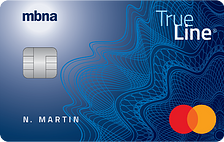

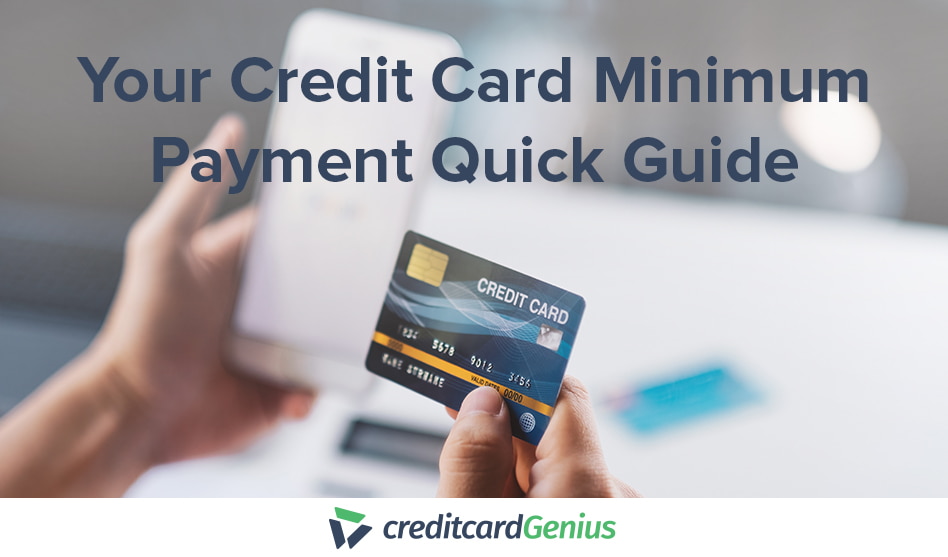
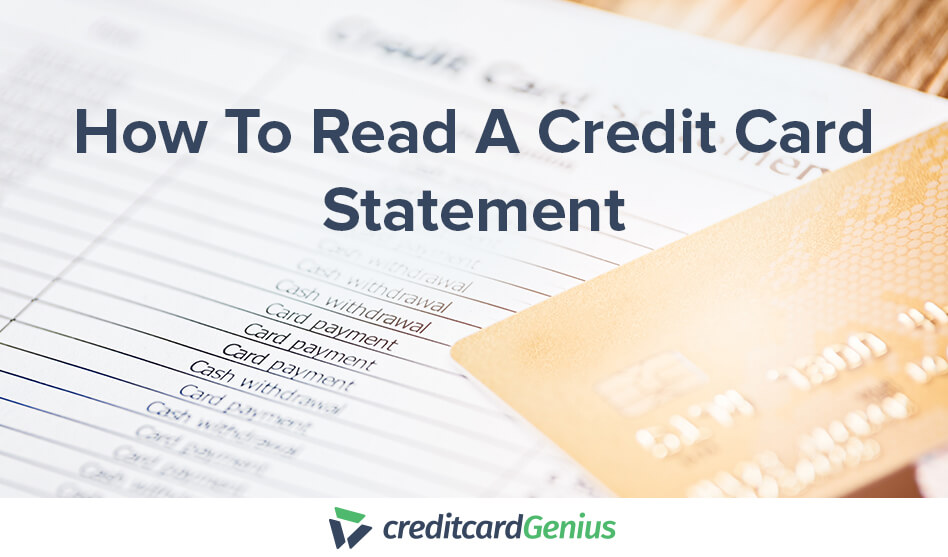



 GC:
GC: 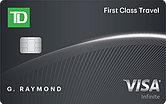


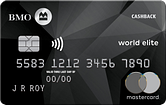
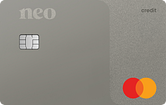
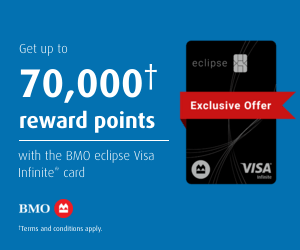

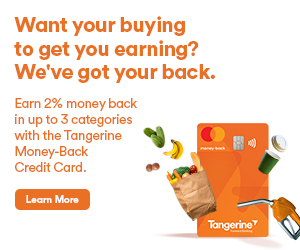





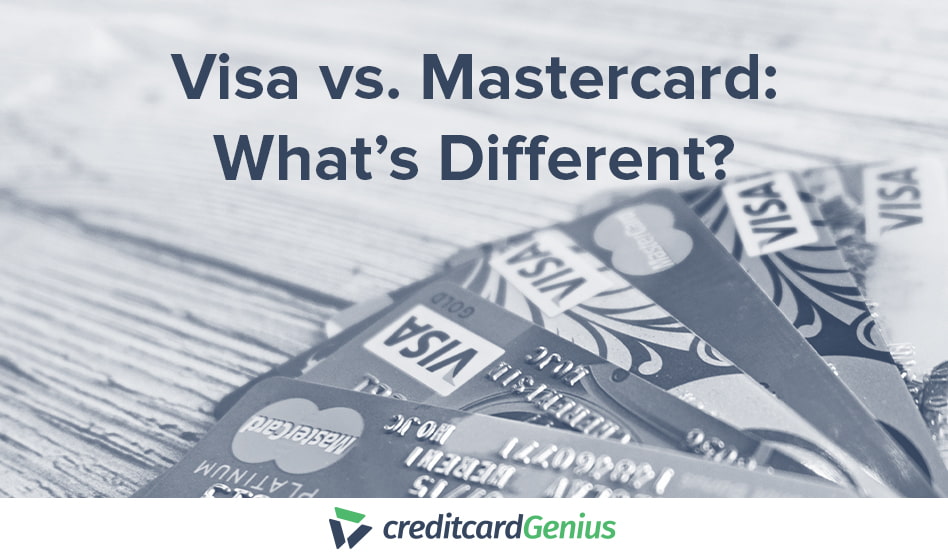
.png)




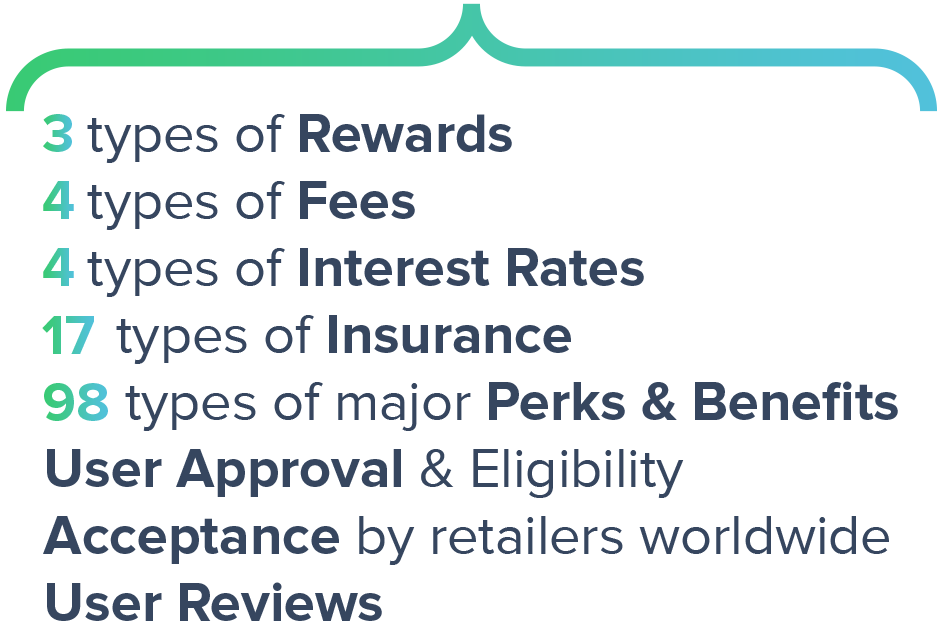
















Comments
Leave a comment
Required fields are marked with *. Your email address will not be published.